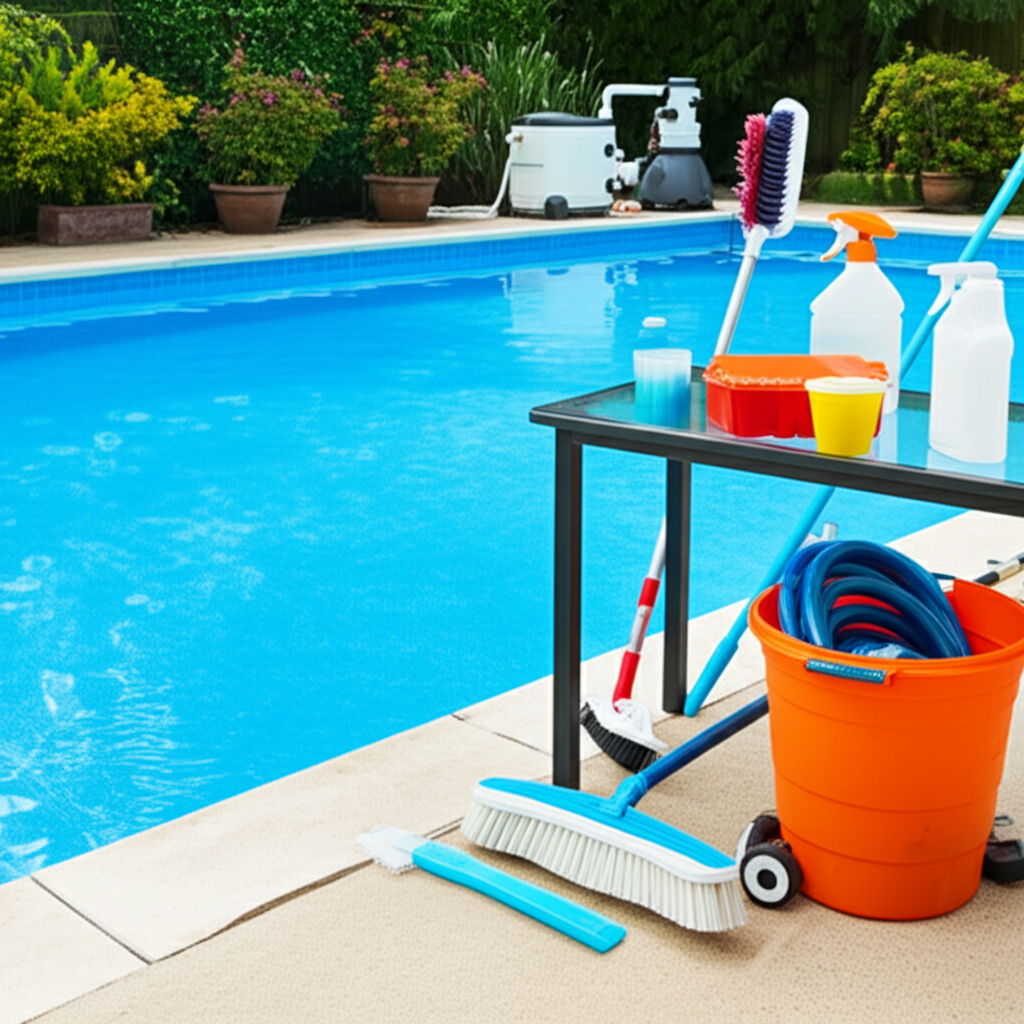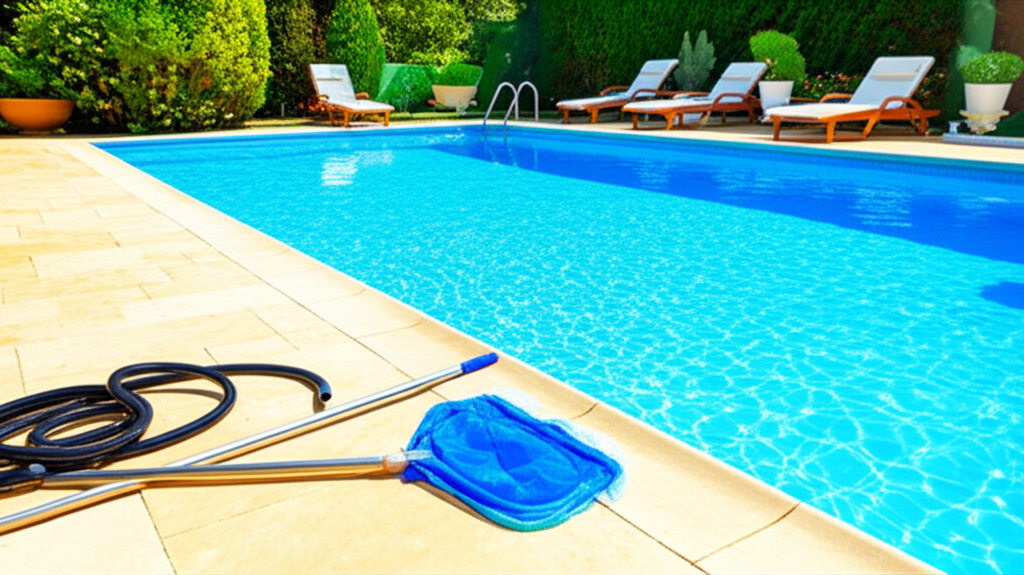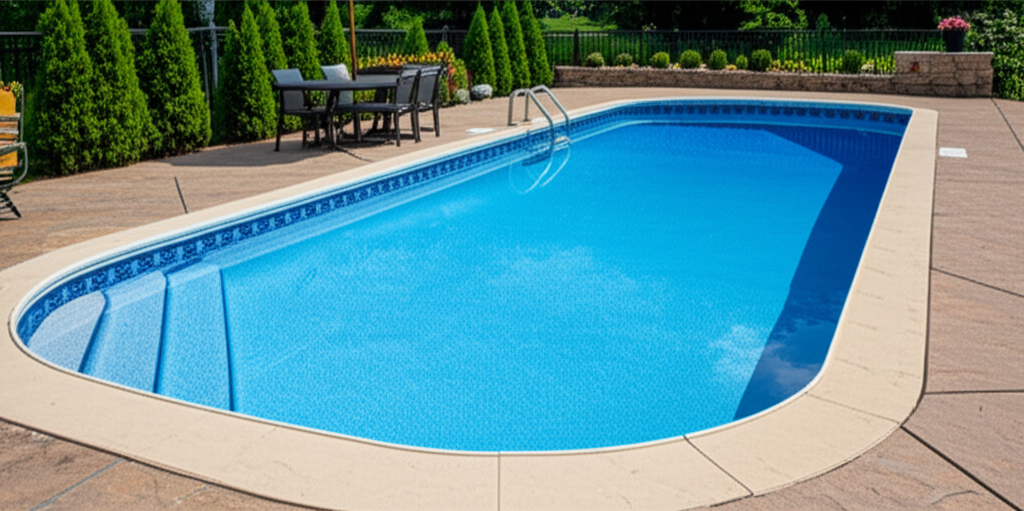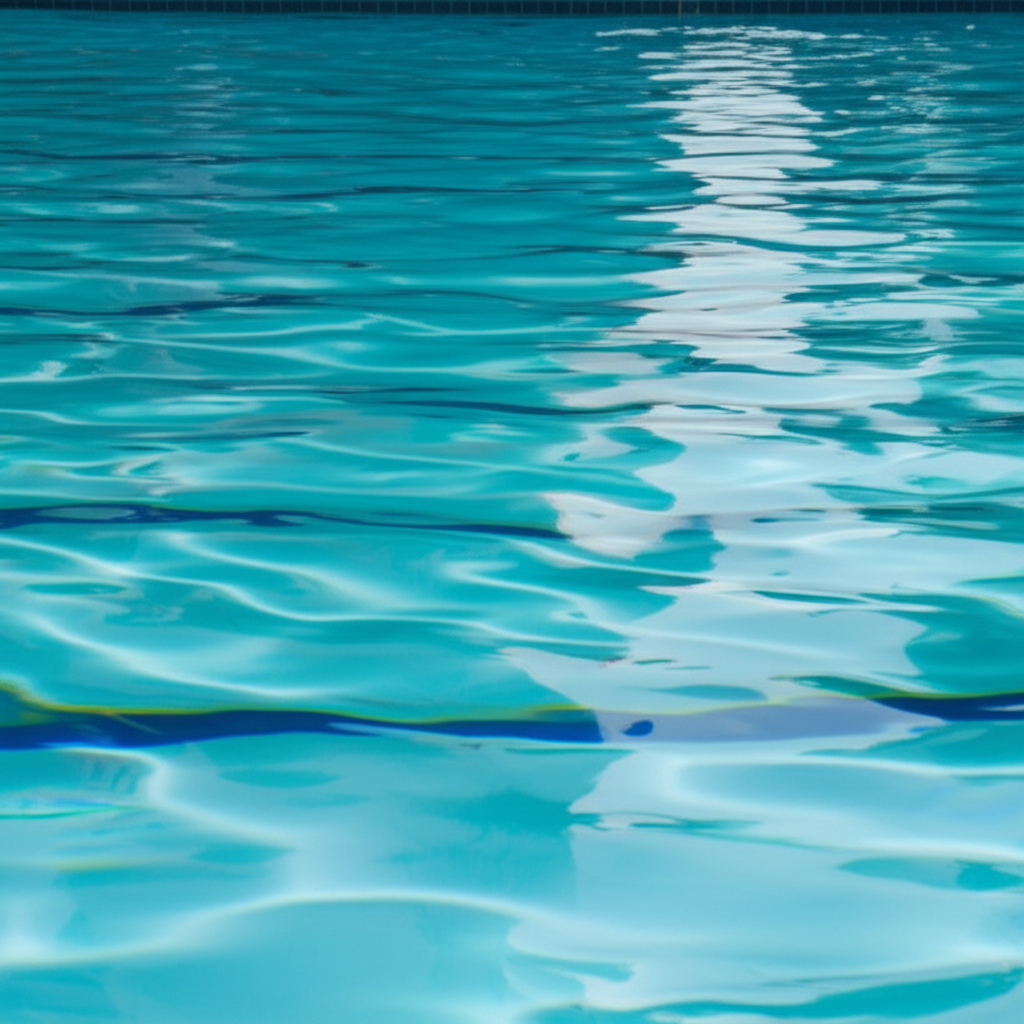- Why Crystal Clear Water Matters
- The Fundamental Pillars of Pool Maintenance
- Circulation: Keeping Things Moving
- Cleaning: The Visible Efforts of Pool Care
- Chemical Balance: The Invisible Science of Pool Maintenance
- Beyond the Basics: Advanced Pool Care Tips
- Troubleshooting Common Pool Problems
Pool Care: The cornerstone of a sparkling backyard oasis. There’s something uniquely inviting about a swimming pool with water so clear it looks like liquid glass. Beyond its aesthetic appeal, maintaining crystal clear water is crucial for health, safety, and the longevity of your pool equipment. It prevents the growth of harmful bacteria and algae, ensures your filters work efficiently, and ultimately makes your swimming experience more enjoyable and worry-free.
Achieving and maintaining this pristine condition might seem daunting at first, but with a structured approach to pool maintenance, it’s an entirely manageable task. This guide will walk you through the essential tips and practices to keep your pool shimmering and ready for a dip whenever the mood strikes.
Why Crystal Clear Water Matters
Before diving into the “how-to,” understanding the “why” can empower your efforts.
Health and Hygiene: Clear water is clean water. It means sanitizers are working effectively to kill bacteria, viruses, and other pathogens that can cause skin rashes, ear infections, and gastrointestinal issues.
Safety: Murky water obscures the bottom of the pool, making it difficult to see hazards, toys, or even swimmers in distress. Clarity is a vital safety feature.
Equipment Longevity: Properly balanced water prevents corrosion of metal parts and scaling on surfaces and equipment, extending the life of your pump, filter, and heater.
Aesthetics and Enjoyment: Simply put, a clear pool is more inviting. It enhances the beauty of your backyard and encourages more use, maximizing your investment.
The Fundamental Pillars of Pool Maintenance
Effective pool care revolves around three core principles: circulation, cleaning, and chemical balance. Neglecting any one of these can quickly lead to problems.
Circulation: Keeping Things Moving
Your pool pump and filter system are its heart and lungs, working tirelessly to move and clean the water.
Run Your Pump Enough: For optimal circulation, your pool pump should run long enough each day to turn over the entire volume of water at least once, preferably twice. This typically means running it 8-12 hours per day, depending on your pump’s efficiency and pool size. Consistent circulation helps distribute chemicals evenly and filters out impurities.
Maintain Your Filter: A clean filter is an efficient filter.
Sand Filters: Backwash regularly (usually when pressure gauge reads 8-10 psi above normal) to remove trapped debris.
Cartridge Filters: Remove and clean cartridges by hosing them down thoroughly every 4-6 weeks, or more often if the pool is heavily used.
D.E. Filters: Backwash and recharge with fresh diatomaceous earth as recommended by the manufacturer. Occasionally, D.E. filters may need a full disassembly and cleaning.
Cleaning: The Visible Efforts of Pool Care
Regular manual cleaning keeps debris out of the water and prevents algae from taking hold.
Skim Daily: Use a leaf skimmer net to remove leaves, bugs, and other floating debris from the surface. This prevents them from sinking and decomposing, which can consume sanitizer and feed algae.
Brush Weekly: Brush the walls, steps, and floor of your pool at least once a week. This dislodges dirt, grime, and nascent algae growth, allowing the filter system to capture them. Pay special attention to corners and crevices where circulation might be weaker.
Vacuum Regularly: Manually vacuum your pool at least once a week, or more frequently if there’s heavy debris. Alternatively, invest in a robotic or automatic pool cleaner to handle this task with less effort.
Chemical Balance: The Invisible Science of Pool Maintenance
This is arguably the most critical aspect of clear water and healthy swimming. Improper chemical balance can lead to cloudy water, algae, skin irritation, and damage to your pool.
##### Mastering Your Pool Care Chemistry
Test Your Water Frequently: Use a reliable test kit (liquid, strip, or digital) to check your water chemistry 2-3 times a week, especially during peak swimming season. The key parameters are:
pH (7.4-7.6): This measures acidity/alkalinity. A balanced pH ensures sanitizers work effectively and prevents eye/skin irritation and equipment corrosion.
Total Alkalinity (TA) (80-120 ppm): TA acts as a buffer for pH, preventing wild fluctuations.
Cyanuric Acid (CYA) (30-50 ppm): Often called “conditioner” or “stabilizer,” CYA protects chlorine from burning off too quickly in sunlight.
Calcium Hardness (CH) (200-400 ppm): Proper CH levels prevent plaster from scaling or etching. Low levels can make water “hungry,” leading it to leach calcium from pool surfaces.
Sanitizer Levels:
Free Chlorine (FC) (1-3 ppm): This is the active chlorine working to kill contaminants.
Combined Chlorine (CC) (<0.5 ppm): Indicative of “spent” chlorine, which causes that strong “chlorine smell” and indicates the need for shocking.
Adjust Chemicals as Needed: Based on your test results, add appropriate chemicals (pH increaser/decreaser, alkalinity increaser, calcium hardness increaser, chlorine, etc.) following manufacturer instructions carefully. Always add chemicals slowly and allow the pump to circulate the water before retesting.
Beyond the Basics: Advanced Pool Care Tips
Shock Your Pool Regularly: “Shocking” or super-chlorinating your pool involves adding a large dose of chlorine to rapidly break down contaminants, kill algae, and eliminate combined chlorine. Do this weekly or bi-weekly, after heavy rain, or following a pool party. It’s best done in the evening to allow the chlorine to work overnight without immediate UV exposure.
Prevent Algae: Algaecides can be a helpful preventative measure, especially in areas prone to algae growth or during hot weather. However, a properly balanced and sanitized pool with good circulation is your best defense against algae.
Clean the Skimmer Baskets and Pump Strainer: Empty these regularly (daily or every other day). Clogged baskets restrict water flow, reducing pump efficiency and putting strain on your system.
Know Your Source Water: If you’re frequently topping off your pool, test your tap water. High mineral content can impact your pool’s chemistry.
Troubleshooting Common Pool Problems
Cloudy Water: Often a sign of poor filtration, imbalanced chemicals (especially low chlorine or high pH), or insufficient circulation. Address each of these areas systematically. A clarifier can also help particles clump together for easier filtration.
Green Water: Almost always indicates algae. Shock the pool, brush thoroughly, and run the filter continuously. An algaecide can aid in the process.
Eye/Skin Irritation, Strong “Chlorine” Smell: This is usually due to high combined chlorine levels, not too much chlorine. Shocking the pool will typically resolve this by oxidizing the chloramines.
Consistent and proactive pool care is the key to enjoying a beautiful, safe, and healthy swimming environment. By diligently following these essential tips – focusing on circulation, consistent cleaning, and meticulous chemical balancing – your pool will remain a source of crystal clear joy throughout the swimming season. Embrace the routine, and you’ll be rewarded with a sparkling oasis that invites you to dive in.




